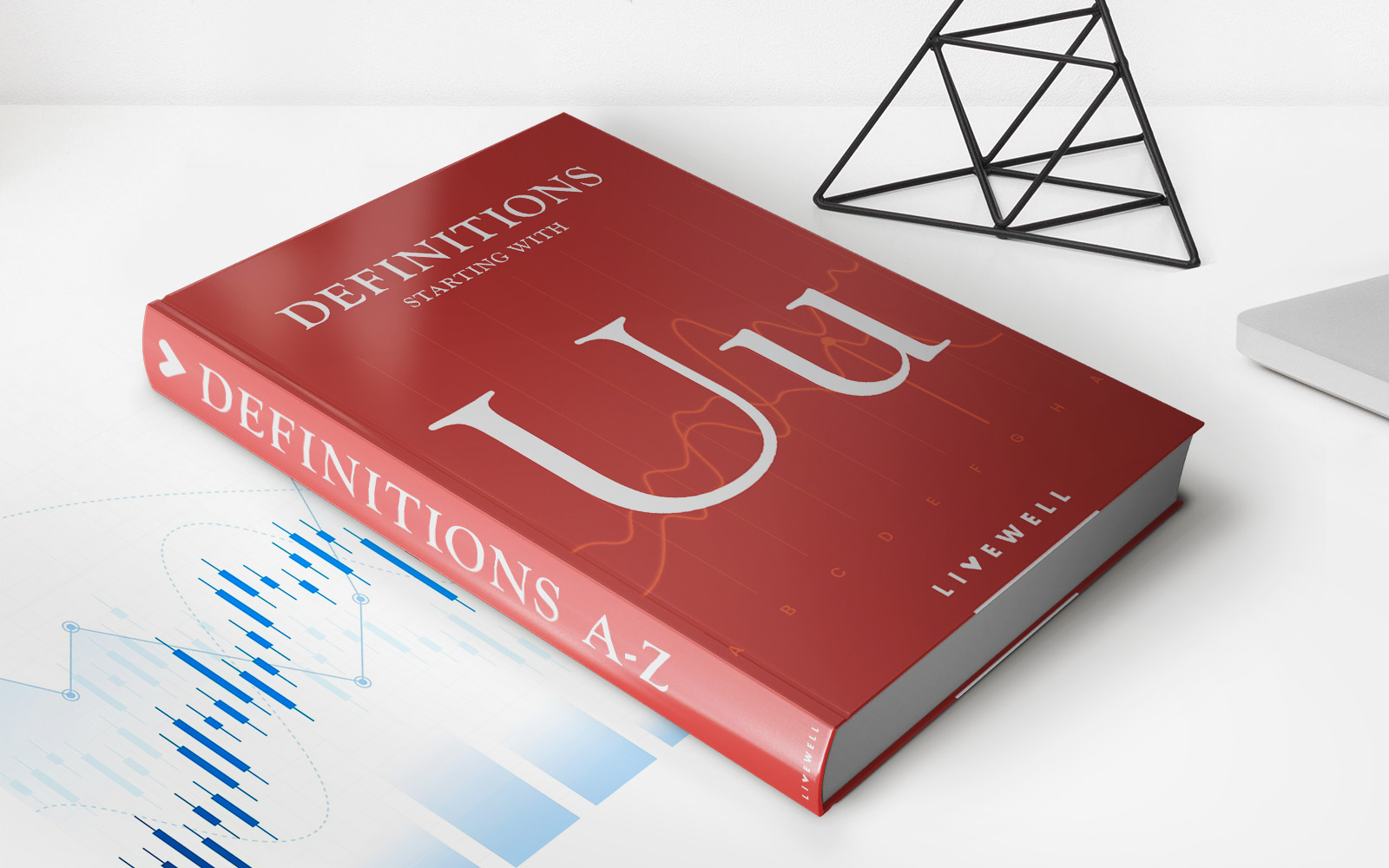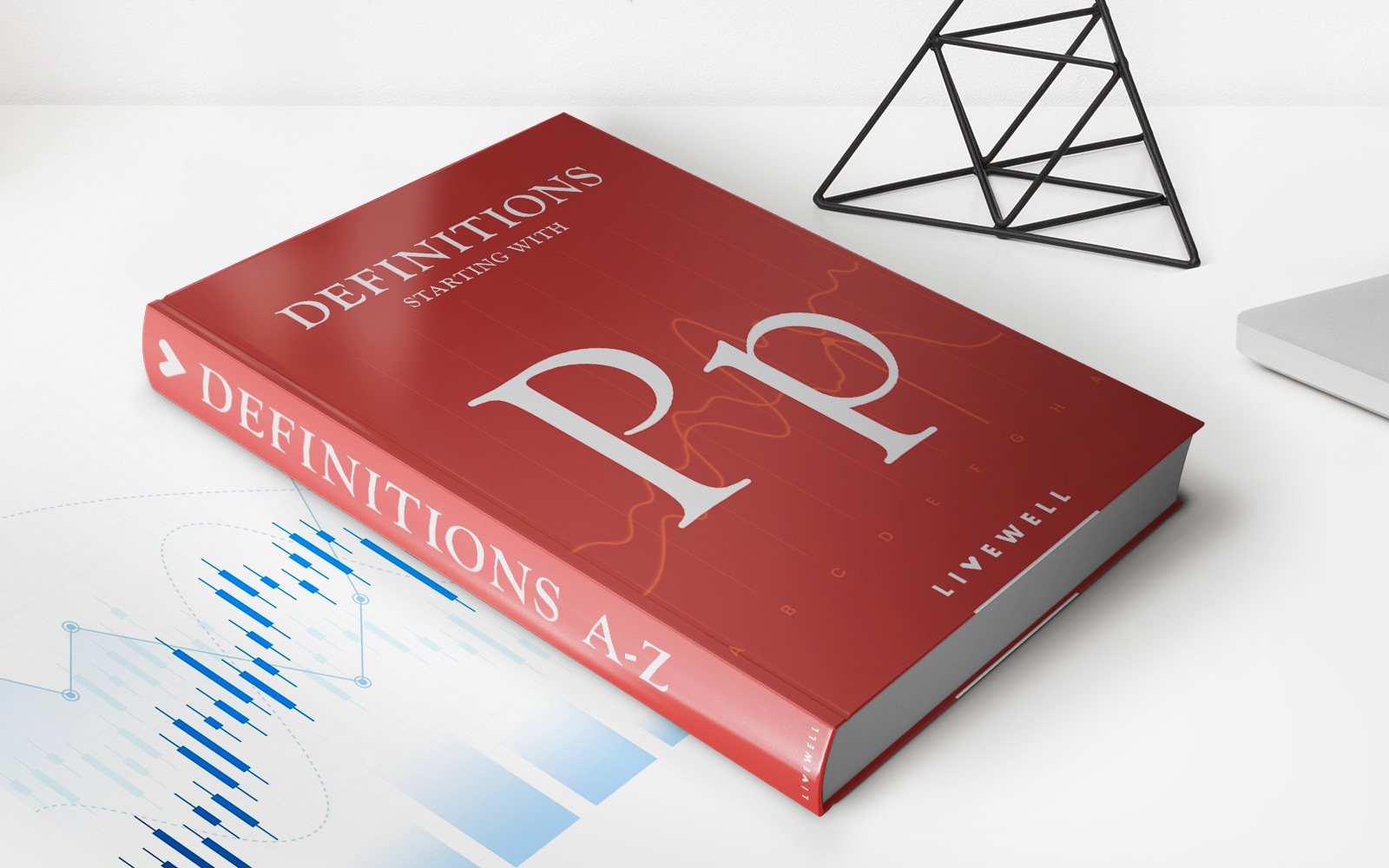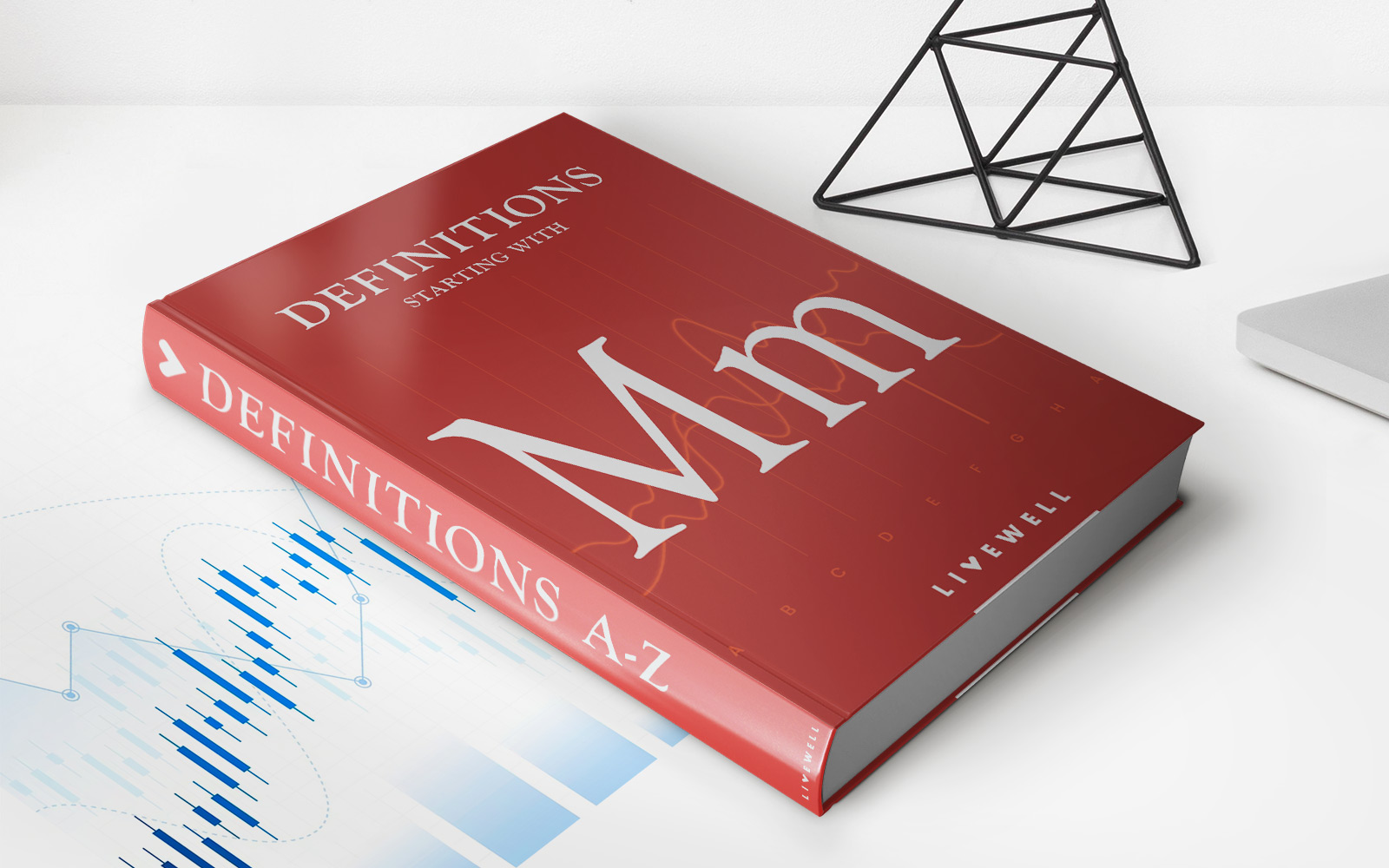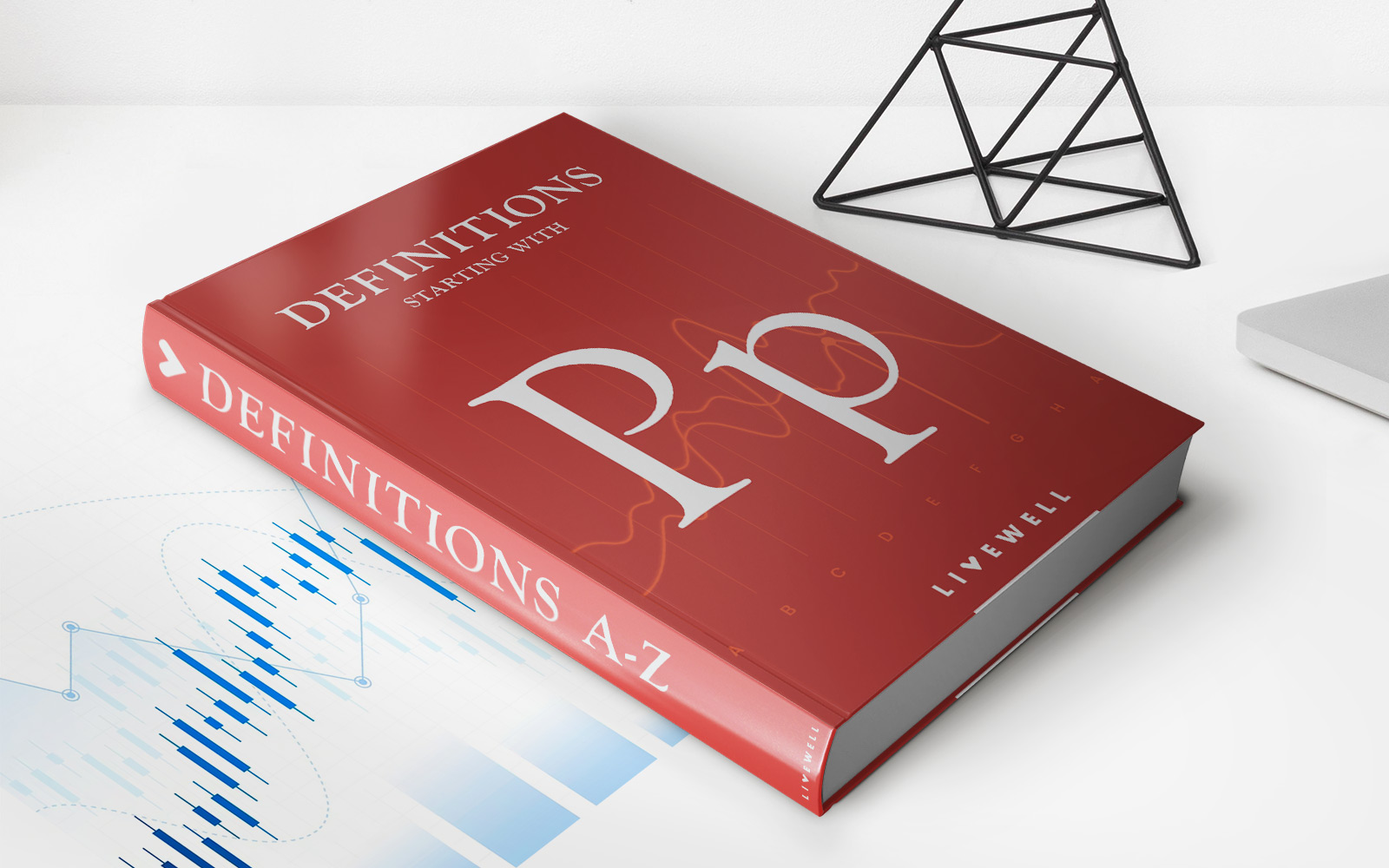Home>Finance>Unified Managed Account (UMA): Definition And Investment Types


Finance
Unified Managed Account (UMA): Definition And Investment Types
Published: February 13, 2024
Discover the definition and various investment types of Unified Managed Account (UMA) in the world of finance. Enhance your financial portfolio with UMA strategies.
(Many of the links in this article redirect to a specific reviewed product. Your purchase of these products through affiliate links helps to generate commission for LiveWell, at no extra cost. Learn more)
Unlocking the Power of Unified Managed Accounts (UMA)
Are you looking for a comprehensive investment solution that provides flexibility, customization, and efficiency? Look no further than Unified Managed Accounts (UMA). In this blog post, we will delve into the world of UMAs, exploring their definition, investment types, and their benefits for investors. So, let’s dive in!
Key Takeaways:
- Unified Managed Accounts (UMAs) offer investors a comprehensive investment solution that combines multiple investment products under a single account.
- UMAs provide flexibility, customization, and efficiency to investors, allowing them to tailor their portfolios based on their investment goals and preferences.
What are Unified Managed Accounts (UMA)?
Unified Managed Accounts, often referred to as UMAs, are a powerful investment vehicle that enable investors to consolidate and manage multiple investment types within a single account. Imagine having all your investments – from stocks and bonds to mutual funds and ETFs – unified and easily accessible in one place. With UMAs, this becomes a reality.
UMAs are typically offered by wealth management firms and advisors, acting as a centralized platform that brings together various investment products and services. This consolidation simplifies the investment process, providing investors with a holistic view of their portfolio, while allowing them to customize and manage their investments based on their individual preferences.
Types of Investments in Unified Managed Accounts
UMAs encompass a wide range of investment types, providing investors with the flexibility to build a diversified portfolio that aligns with their financial goals and risk tolerance. Let’s explore some of the common investment options found in UMAs:
- Equities: Investors can choose from a wide range of individual stocks or opt for stock market index funds or ETFs to gain exposure to a basket of stocks.
- Bonds: Fixed-income securities like government bonds, corporate bonds, and municipal bonds can be included in UMAs to provide stability and generate a regular income stream.
- Mutual Funds: These professionally managed investment funds pool money from multiple investors to invest in a diversified portfolio of stocks, bonds, or other securities.
- Exchange-Traded Funds (ETFs): Similar to mutual funds, ETFs track a specific index or sector but trade on an exchange like individual stocks. They offer diversification and liquidity.
- Alternative Investments: UMAs can also include alternative investments such as hedge funds, private equity, real estate investment trusts (REITs), or commodities, offering opportunities for diversification and potentially higher returns.
These are just a few examples of the many investment options available within UMAs. The beauty of UMAs lies in their ability to bring together a wide array of investment types, giving investors the flexibility to create a tailored portfolio that suits their unique needs.
The Benefits of Unified Managed Accounts (UMA)
So, why should investors consider incorporating UMAs into their investment strategy? Here are some key benefits:
- Customization: UMAs allow investors to customize their portfolios based on their individual preferences, risk appetite, and investment objectives. Investors can choose the specific investment types and allocations that align with their goals, ensuring their portfolio reflects their unique investment strategy.
- Consolidation: With UMAs, investors can consolidate multiple investment accounts into one, reducing administrative burden and simplifying the management of their investments. This streamlining allows for a holistic view of their portfolio and helps in monitoring its performance effectively.
- Efficiency: UMAs can offer cost efficiencies through professional management, economies of scale, and reduced trading costs. Investors can benefit from professional expertise and potentially lower expenses associated with managing their investments.
- Transparency: UMAs provide investors with greater transparency by allowing them to see the underlying holdings within their portfolio. This transparency and visibility into individual investments can foster trust and confidence in the investment process.
- Flexibility: UMAs offer investors the flexibility to make changes to their portfolios as their financial situation or investment goals evolve. They can modify their holdings or asset allocations as needed without the need to open or close multiple accounts.
Unified Managed Accounts (UMAs) are revolutionizing the way investors manage their portfolios. By providing a comprehensive suite of investment options within a unified platform, UMAs offer flexibility, customization, and efficiency. Whether you are a seasoned investor or just starting on your investment journey, UMAs can be a powerful tool to help you achieve your financial goals.
Ready to take advantage of the benefits UMAs offer? Reach out to a trusted financial advisor or wealth management firm to explore how UMAs can fit into your investment strategy!














